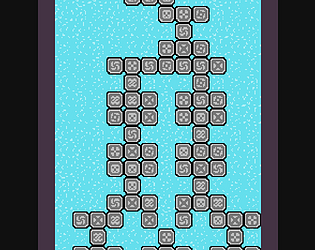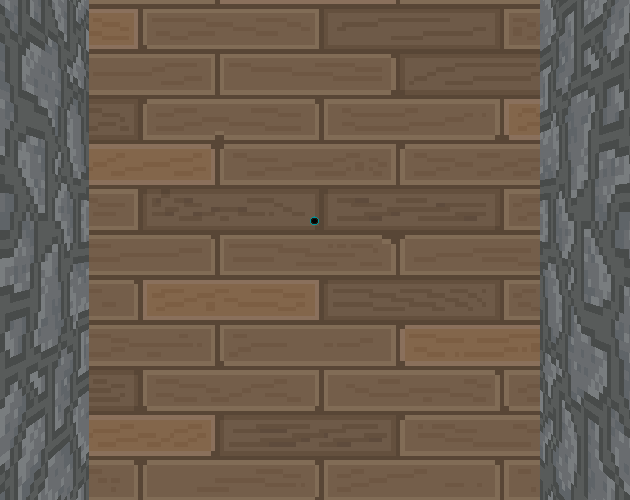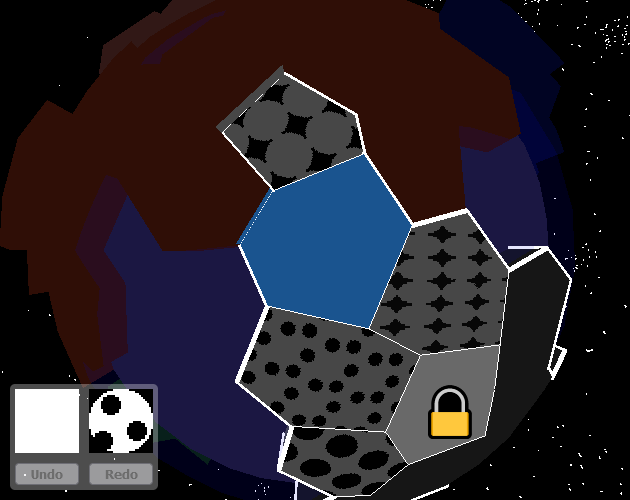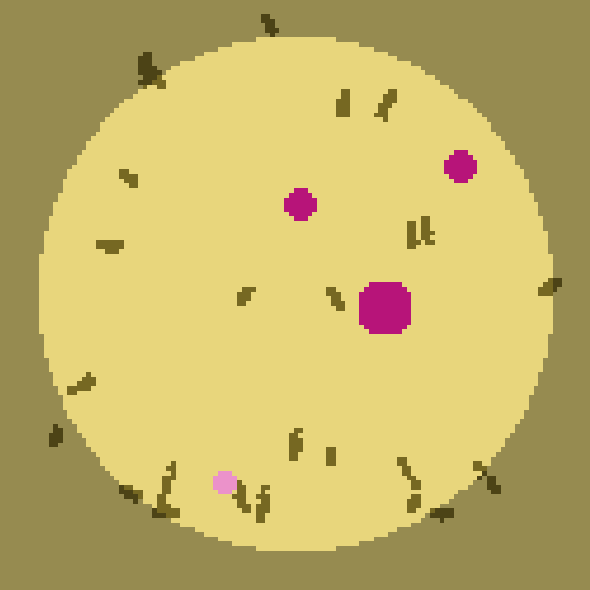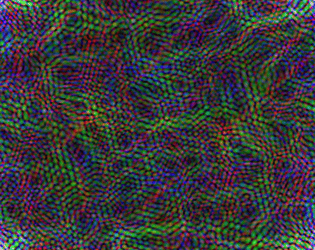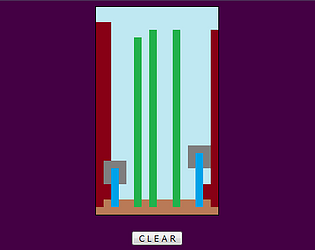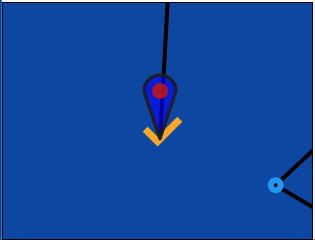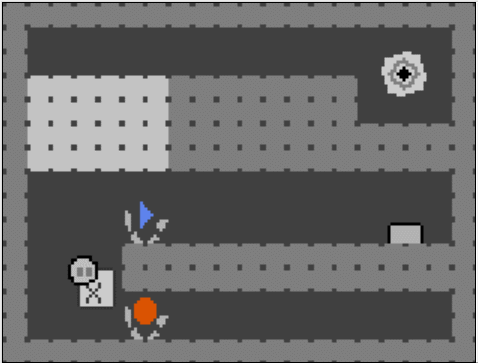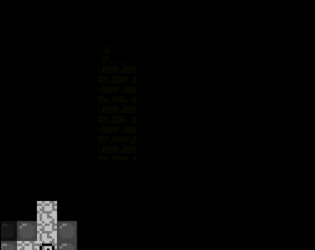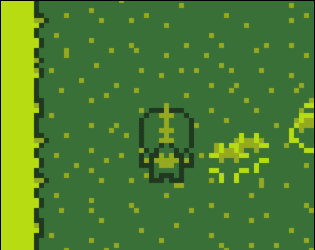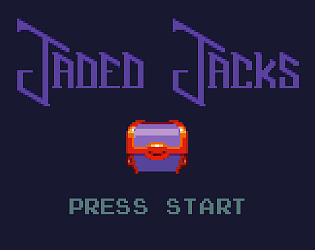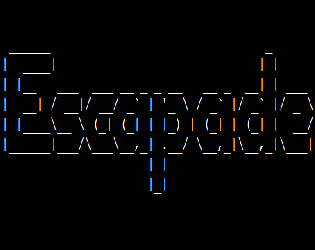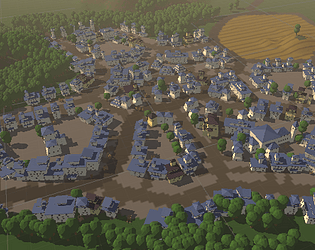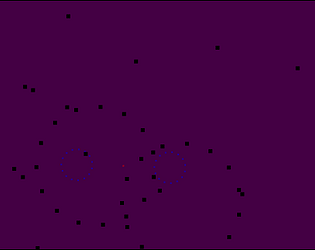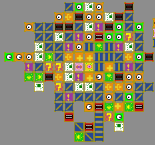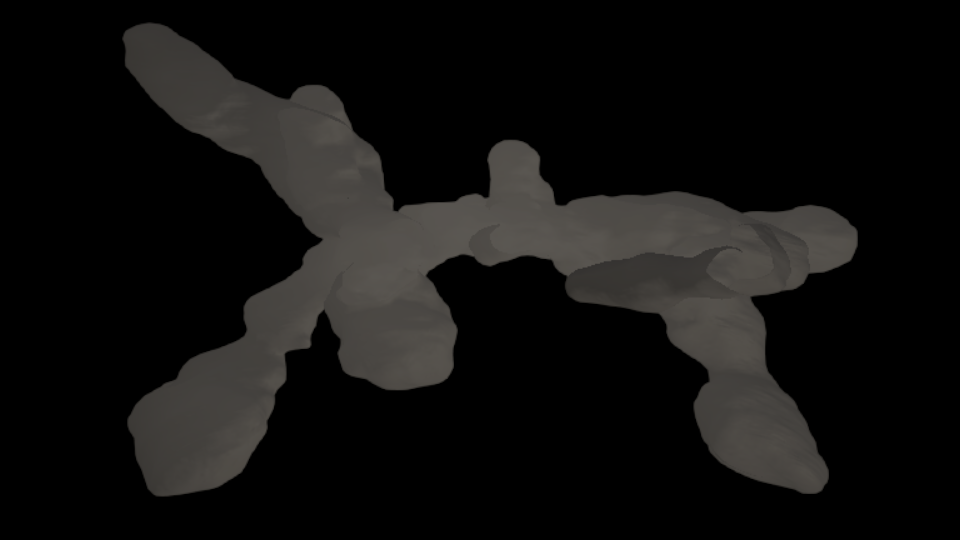Glad you liked it! This is something I reused from a project I made for last year's ProcJam. I needed a quick way to make it look like everything was in space, so I drew a skybox with white pixel for stars on a black background.
By pure coincidence I noticed that the pixels being so small with regards to the texture size made them shimmer when the skybox was rotating,so I made it constantly rotate at a very low speed to make the effect more permanent.



